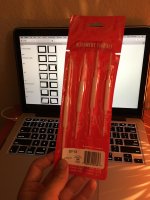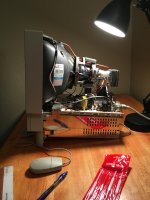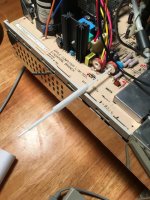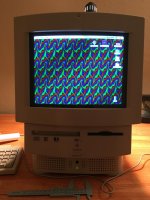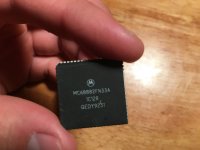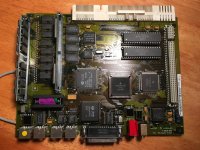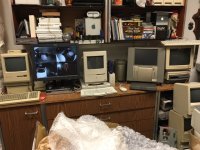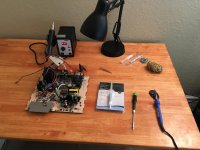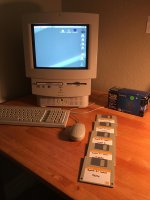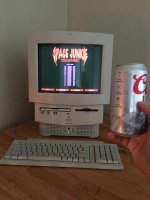Damn, what an amazing job!
68krazy, before you began, tell me honestly, how confident were you that you would succeed and in terms of soldering skills did you believe they were good enough before beginning? I have to say that this thread really inspired me. Just incredible work. Kudos and thank you for sharing it with the community.
By the way, did the high pitch noise disappear and did you replace those blue rectangular capacitors?
I'm glad you enjoyed the thread

I was only somewhat confident going in, but I learned a lot during this restoration! Going slowly and doing a lot of preemptive research will go a long way. The analog board is very forgiving, so as long as you go slow and treat it with respect, you should be fine.
When it comes to dealing with electronics, every hobbyist has his/her own style. So, everyone will give you different advice. But were the techniques and beliefs that worked well for me:
1: Invest in a good soldering iron with a good tip and
clean the tip often. I used a ~$30 Hakko soldering iron and cleaned the tip with this:
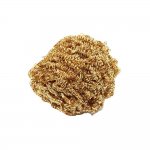
I would rub the tip of the iron in it every 3rd or 4th capacitor, and it made an enormous difference in helping me get through the analog board.
2: Use solder braid to remove all old solder, and make sure you use flux on every single new solder joint. I bought flux in a syringe, and it was easy to apply and lead to nice, shiny joints. Also, use 63/37 solder — I've read somewhere that for hobbyist use, it is easier to solder with than 60/40.
3: GO SLOW! Constantly remind yourself that this is a very long, involved project. In my opinion, when restoring a vintage computer, the journey is the destination, so.... go slow and enjoy the process!
4: When it comes to removing the capacitors on the motherboard, you are going to get a lot of conflicting information. Some people like to cut the caps, or twist them off the board. I personally think both of those methods are pretty sketchy and can easily lead to lifted pads and damaged traces. I believe in buying the correct tools and doing things right the first time. In the US, SMD reflow stations are
very cheap on eBay. I bought one for $38 and it made recapping the motherboard a breeze.
http://www.ebay.com/itm/858D-Rework-Station-Hot-Air-Gun-Kit-SMD-Iron-Soldering-Solder-Holder-700W-/272428095142?hash=item3f6dfad6a6:g o0AAOSwHsRYDbVE
o0AAOSwHsRYDbVE
I hope this info helps, and I look forward to seeing how your Color Classic comes along


